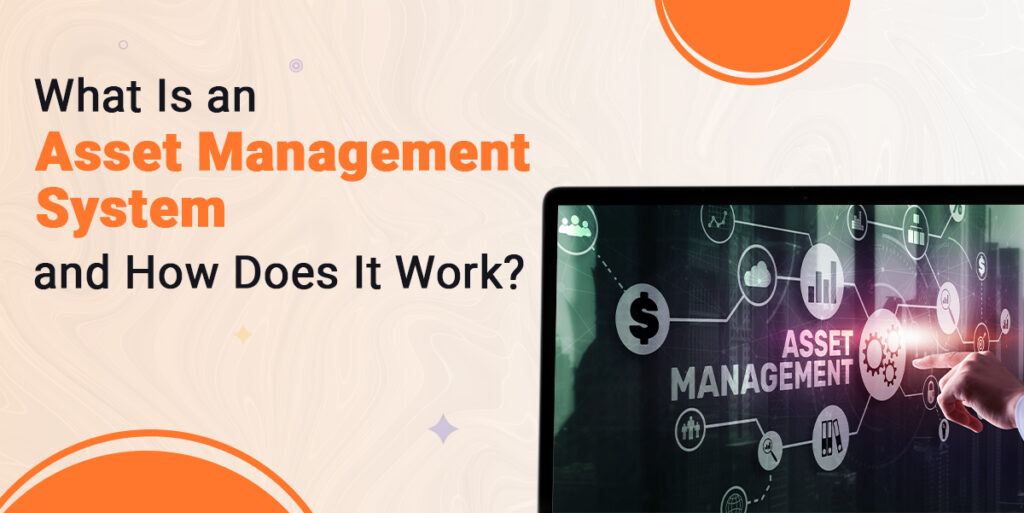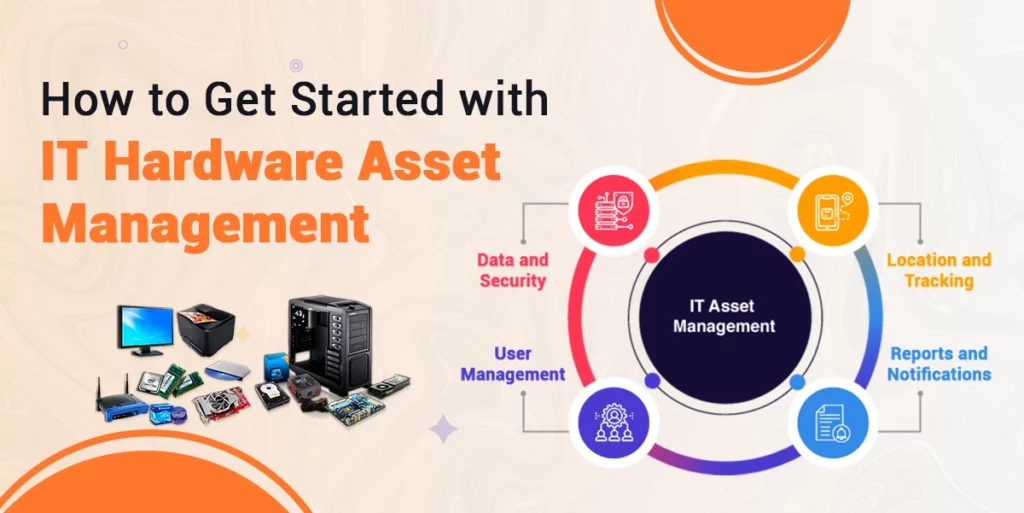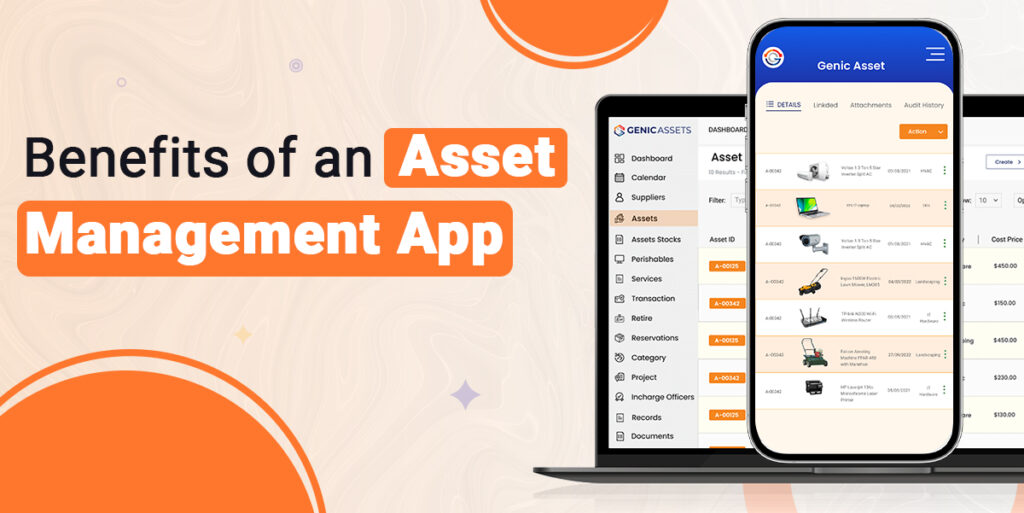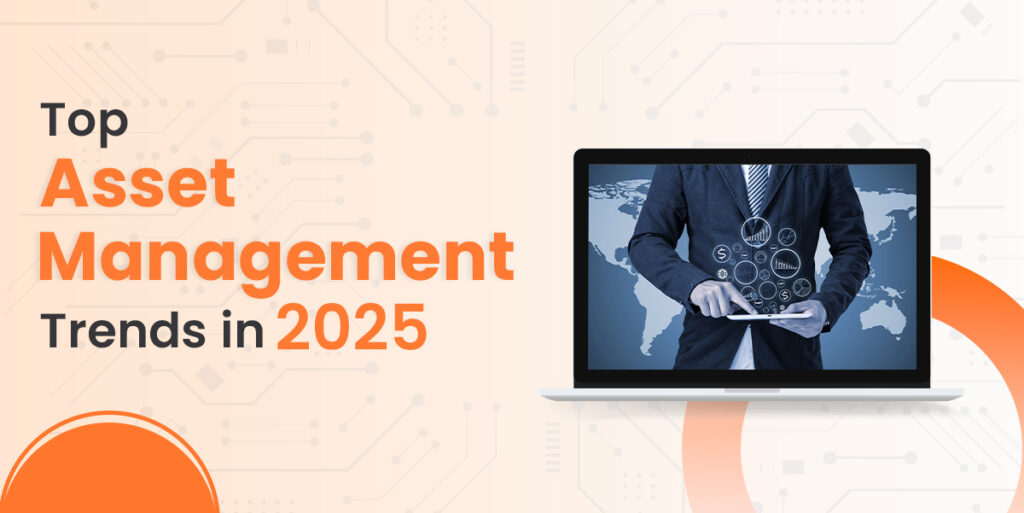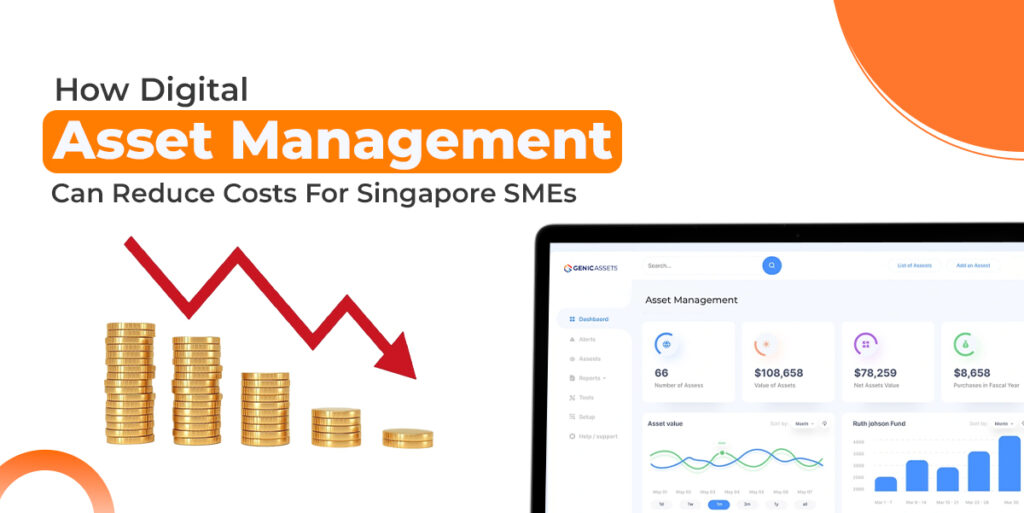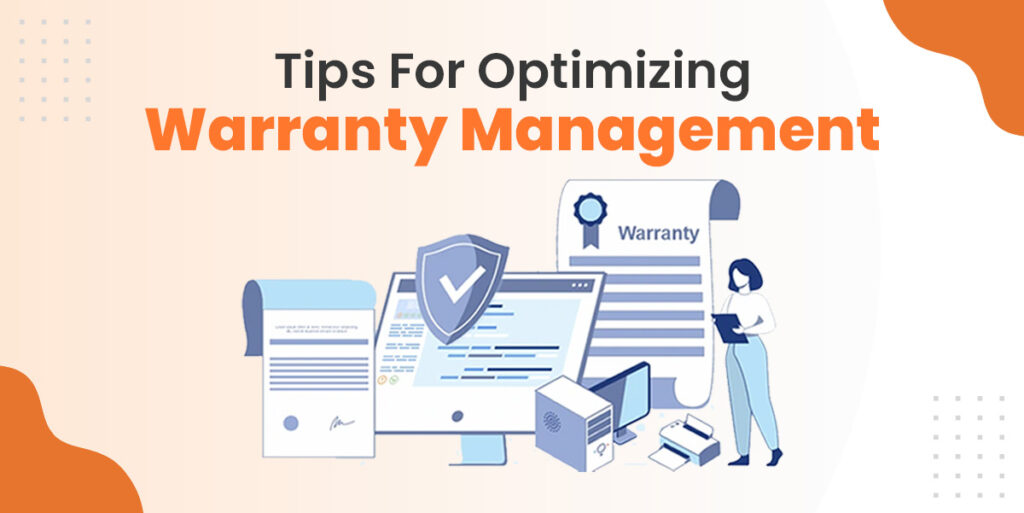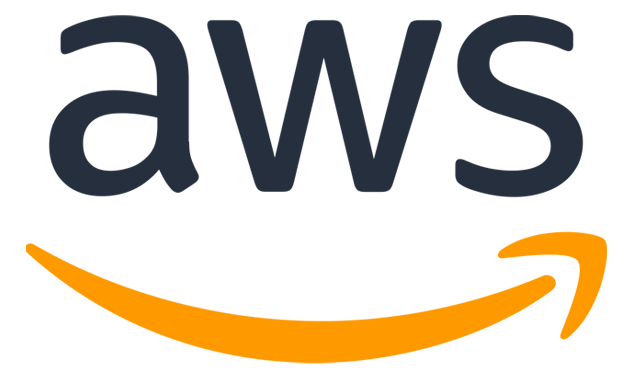Finding the best asset management software is very important for businesses to speed up their operations, improve productivity, reduce downtime and increase asset life. The increasing demand for monitoring important digital and physical assets indicates that choosing an efficient system makes a huge impact in the industry.
Whether you are running a small startup or an expanding business, the top asset tracking tools in 2025 offer real-time visibility and centralised control over assets.
In this guide, you learn about must-have asset management software features to maximise your ROI, increase productivity and enhance your workforce.
1. Location and Tracking
The location and tracking feature of the best asset management software helps organisations to manage and track assets across sites with precision and efficiency. With integration of advanced technology, like RFID and GPS, gives real-time visibility into the asset’s movements and status. It improves productivity, enhances operational control, reduces asset loss and supports efficient resource allocation across departments and sites. To support these functionalities, the system has integrated core capabilities, which are:
- Enable structured tracking of assets across multiple locations and sublocations with a full history of asset movement for improved traceability and location-based asset control.
- Link the asset to a specific department, which enhances accountability and improves the visibility of assets in real-time across teams.
- Uses RFID tags to speed up registration and automate tracking, which reduces manual input and improves accuracy.
- Integrated GPS and barcode technologies to provide instant asset location, set virtual zones(geo-fencing) and monitor mobile assets in real-time.
2. Asset Reservation
The asset reservation feature ensures that important equipment and resources are available when needed. It simplifies the booking process by enhancing visibility and ensuring the assets are circulated across teams with traceable usage records.
- Allow users to schedule and reserve time in advance using the available calendar, which reduces conflict without unnecessary downtime.
- Track reservation activity with detailed logs of what was reserved, by whom and when, which help to increase asset utilisation across the organisation
- Enable staff to select specific dates for reservations, preventing overlaps and ensuring exclusive access to high-demand assets within the required timeframe.
- Supporting seamless check-in/check-out using barcode scans helps in reducing manual effort and clear record of asset handovers and returns
3. Reports and Notifications
The reports and notification feature help businesses to make informed decisions by offering scheduled and customisable reports. It gives a clear view of asset status, warranties and maintenance tasks.
- Allow users to create a report based on existing templates and generate visual insights tailored to operational needs.
- Support email delivery of reports at scheduled intervals, which saves time on manual reporting and ensures important information can be accessed at the time.
- Allow report exports in several formats like PDF, CSV, and EXCEL with accurate data representation.
- Track and report on warranty expirations, maintenance schedules, which help teams to take proactive action before issues occur.
4. Data Security
This feature makes sure the business’s data is securely stored, easily backed up and readily accessible. With cloud hosting, automated backup protects information while streamlining user access and recovery processes.
- Makes it easy to back up and restore data, with the option to export it to Dropbox for extra safety and easy access.
- Automatically saves important data to secure cloud storage, which makes it easy to restore everything if data is lost or the system fails.
- Let the creation of a personalised dashboard and custom navigation views simplify access and avoid unnecessary exposure.
- Host all system data on cloud-based servers with integration support, premium support, and advanced authentication features like one-time login tokens for added security.
5. Maintenance Management
The maintenance management feature streamlines how organisations schedule, monitor, and document assets. It helps to minimise downtime, extend equipment life and make sure all tasks are performed with consistency. It also supports long‑term planning by giving teams a clearer understanding of the entire asset lifecycle from installation to replacement.
- Monitor complete service history and cost patterns through visual reports, help to identify recurring issues and overall maintenance trends.
- Allow quick item check-ins for service with flexible due dates, automated reminders and easy schedule updates from the asset record.
- Enables pre-planned, recurring maintenance schedules to prevent unexpected failure, reduce emergency repairs and support long-term performance optimisation without overloading internal teams.
- Generate a digital service ticket which holds maintenance details, vendor involvement charges to eliminate the need for manual notes or a traditional system.
6. Mobile App
The Mobile App feature enhances asset management by bringing all the core features to your app. From scanning and reservations to complaints and alerts, it helps users to manage assets anytime, anywhere with efficiency.
- Allow users to scan the barcode using their phone for quick access to asset info, which makes inventory check easier and helps teams update records.
- Sends real-time alerts and notifications about asset activity, helping users stay updated whether they’re working remotely or outside regular office hours.
- Makes it easy to reserve important assets in advance, which helps avoid conflicts and ensures they’re available for maintenance or urgent use using a mobile app.
- Let’s you manage key asset tasks like purchases, assignments, audits, and maintenance directly from your phone with no need to depend on a desktop computer.
7. User Management
The asset management software features provide secure and flexible access control, helping organisations manage permissions, monitor user activity, and ensure data integrity across all operational levels with ease and traceability.
- Let’s admins set who can view, edit, or access features using a single panel, making it easy to control user roles and system permissions.
- Helps block unauthorised access and restrict changes to sensitive settings by allowing login control and tracking who does what in the system.
- Uses employee ID scanning to speed up check-ins, reduce manual work, and keep accurate records of actions through connected third-party tools.
- Allow you to set password rules based on company needs, including pattern requirements, reset options, and other settings to increase login security.
8. Audits and Calibration
This asset management software features ensure that asset data remains accurate and trustworthy through systematic checks and predictive maintenance. It helps businesses to eliminate errors, follow standard rules and improve decision-making with reliable asset information.
- Records key asset events and usage history, making it easier to plan maintenance, track performance, and keep information accurate over time.
- Detects and removes missing or outdated items from the system, helping to avoid errors and keeping asset lists clean and reliable.
- Schedules calibration checks to keep equipment measurements accurate, helping tools stay reliable and meet required quality or safety standards.
- Stores past calibration and repair details so teams can check equipment history, plan future servicing, and keep operations running smoothly.
9. Vendor Management
Vendor management enhances control over asset procurement and maintenance by centralising vendor data and purchase records. It improves decision-making, saves time, and optimises costs through seamless integration with the asset management process.
- Stores vendor details in one place, making it easier to manage suppliers, find information quickly, and keep records accurate and up to date.
- Helps track vendor communication, contract details, and service quality while monitoring asset condition to support better decision-making and accountability.
- Allow you to quickly view purchase orders linked to assets, making procurement tracking faster and cutting down time spent searching for related documents.
- Connects purchase details directly to assets, allowing teams to handle orders smoothly from creation to delivery and keep everything organised.
- Brings supplier and order data together in one place to improve planning and provide real-time updates during buying and onboarding processes.
10. Warranty Management
This feature helps track, renew, and manage warranties for all assets with ease. It reduces unexpected repair costs and improves planning through alerts, reports, and vendor coordination.
- Keeps all warranty details like service period, vendor, and terms in one place, making it easier to track expiry dates and plan for renewals or upgrades.
- Generates reports for soon-to-expire, expired, or missing warranties. Reports can be customised, sorted, and downloaded in formats like PDF or CSV.
- Sends automatic email alerts before warranties expire, based on custom settings, so teams stay updated without checking the system often.
- Speeds up the warranty extension process by automating requests, approvals, and vendor communication, reducing manual effort and delays.
- Brings all warranty tasks into a single system, giving users a clear view of warranty status across all assets and reducing admin work.
Conclusion
Overall, the right asset management system is not just about a monitoring system, but also about supporting in improving operations, enhancing productivity, and maximising return on investment.
The above-discussed best asset management software features list ensures your system simplifies the workflows, gives real-time updates, and supports better decision-making.
So, next time, when you are thinking about what features should asset management software have, then keep these discussed features to get the best system.
At Genic Assets, you will get the best asset management system and help your business grow and achieve operational success.

